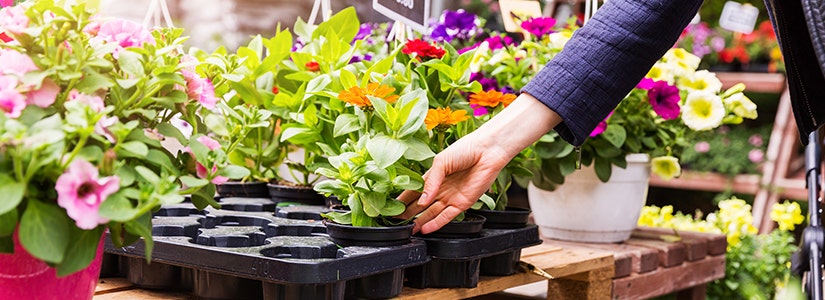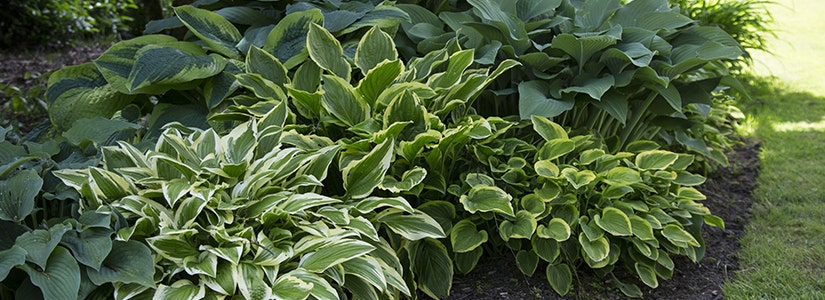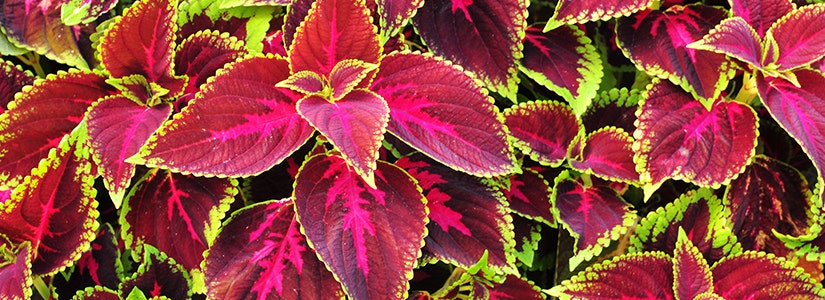

- Home
- Solution Center
- Learn
- Rose & Flower
- Growing Flowers: 7 Gorgeous Bedding Plants
Growing Flowers: 7 Gorgeous Bedding Plants
Summer sizzles when you fill your views with beautiful bedding plants. Not sure which plants are best for bedding? Bring home a few of these outstanding bedding plants from your local garden center. You won't be disappointed. Bred to perform, these seasonal showstoppers are tough to beat for non-stop color and flower power.
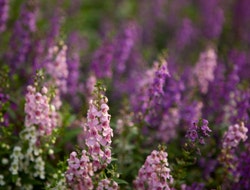
Angelonia
Orchid-like blooms open along spikes in shades of purple, lavender, white, pink and bicolor blends. This plant is deer-resistant, attracts hummingbirds and butterflies, and shows extreme heat and humidity tolerance. Stems last upwards of 10 days in bouquets.
Some plants have upright stems; others trail. Read the plant tag to make sure you're buying the form you want. For large landscape plantings, 'Serena' types are cheaper.
Where To Use: Full to part sun
How To Use: Landscape beds, container plant; trailing types work in hanging baskets
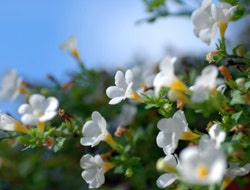
Bacopa
Who wouldn't love a plant with so many flowers you can't see the leaves? These trailing stems are blanketed with blooms in shades of white, pink and pale lavender.
There's one trick to growing Bacopa: Never let soil dry out. If it does, plants drop flowers and abort buds before wilting, leaving you with a two-week window without blooms. Avoid this by planting Bacopa with another bedding plant that wilts easily, like Coleus or Petunia, so you'll know when soil is on the dry side.
Where To Use: Full to part sun
How To Use: Hanging baskets or containers
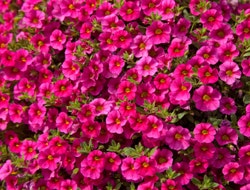
Calibrachoa
This plant can stop traffic with its copious flowers – so many, in fact, that it's called "Million Bells." Blooms in this stunning bedding plant resemble miniature petunias and open in a rainbow of hues. Plants tolerate some shade, but flower number decreases as shade increases.
The quickest way to kill Calibrachoa is overwatering. Shear plants by one-third in mid- to late summer if stems become straggly. Hummingbirds and butterflies can't resist this bloomer.
Where To Use: Full sun to part shade
How To Use: Hanging baskets or containers
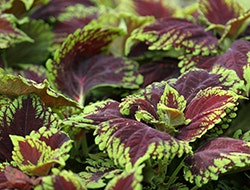
Coleus
If you're itching to grow colorful foliage in your beds this year, bring home coleus. These plants offer a kaleidoscope of colors on leaves with just as many shapes, including broad ovals, narrow teardrops, and tiny multi-lobed silhouettes that defy description.
Different types tolerate full sun or full shade. Read tags to be sure you're buying the right type for your garden's conditions. Flowers aren't especially showy; snip stems as they form.
Where To Use: Full sun to full shade
How To Use: Landscape beds or containers
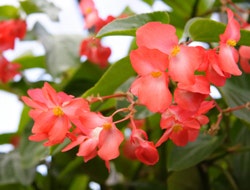
Dragon Wing Begonia
Upright stems arch gracefully, bearing dangling blossom clusters in red or pink. Plants grow strongly in all regions, whether summer serves up cool days or hot, steamy afternoons. A bloom booster fertilizer fuels a striking flower show.
Blossoms beckon hummingbirds and butterflies. This beauty lights up shady nooks, offering a great alternative to Impatiens. Stems can be brittle; protect from strong winds.
Where To Use: Part to full shade or filtered sun
How To Use: Landscape beds, containers
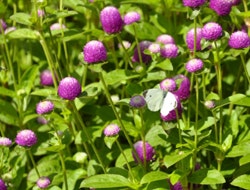
Gomphrena
Also known as Globe Amaranth, this bloomer opens ball-shaped blooms with papery petals. Flower color runs the gamut, including cherry red, lavender, white, and other shades. New fireworks-type flowers open gold stars atop papery petals. Butterflies flock to these blooms, which make lovely additions to bouquets. Papery blossoms also dry well.
Plant height varies from 9-24 inches. Read plant tags to ensure you're buying the size you want. This beauty stands up to heat, drought and poor soil.
Where To Use: Full sun
How To Use: Landscape beds, containers
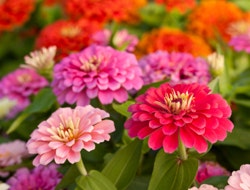
Zinnia
Variety abounds in the Zinnia family. Look for small, simple 1-inch-wide blooms to multi-petalled, ruffled 3-inch-wide blossoms. Flower color includes a paint box of hues. Blossoms attract butterflies and create classic summer bouquets.
'Zahara' types offer single or double blooms on plants that grow to 18 inches in the South and 12 inches in northern gardens. Flower color doesn't bleach, even in the blazing sun of Southern gardens. Plants have great heat and drought tolerance, resist Powdery Mildew and don't need deadheading.
Where To Use: Full sun
How To Use: Landscape beds, containers

